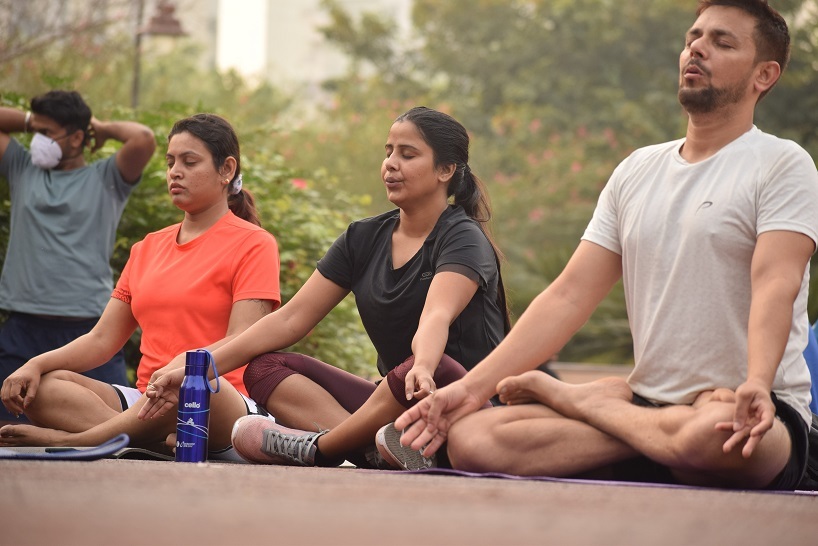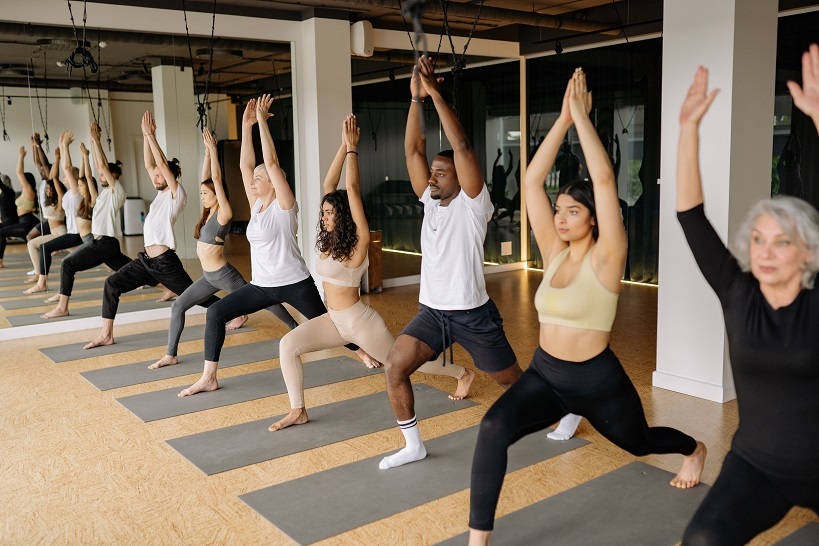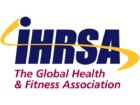Q: I would like our fitness business to be better at serving special populations, such as people recovering from drug and alcohol addiction. How can we get started?
A: Substance use disorder (SUD) and alcohol use disorder (AUD) affect more than 20 million Americans. With the COVID-19 pandemic, we have seen a dramatic increase in alcohol and drug use, and depression. The right education and empathy can help these individuals post-pandemic, but often overlooked is the positive effect regular physical activity can have on this special population.
Research has demonstrated that exercise therapy can help these patients a great deal, from improving long-term neurological outcomes to relapse prevention. In 2014, a meta-analysis study was conducted (by Wang et al.) to determine if and what types of exercise can be used as a treatment for SUD and AUD.


